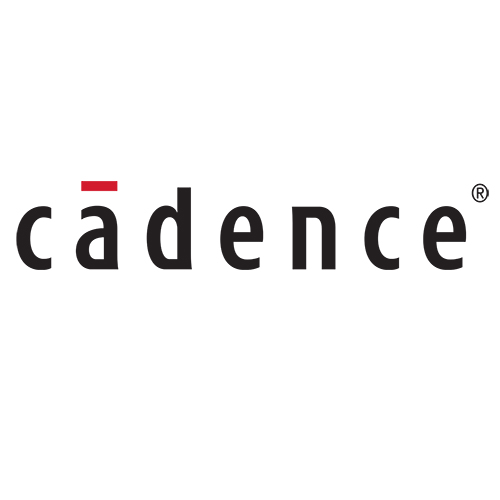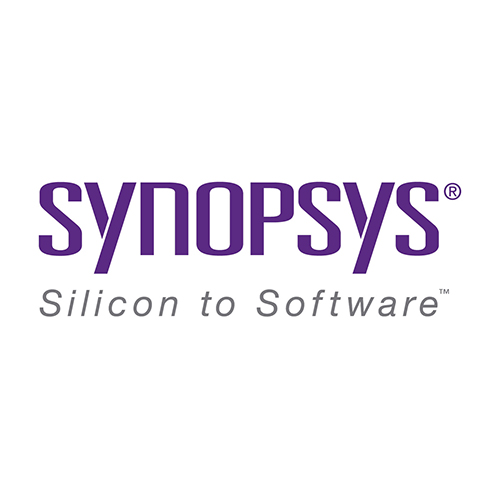The integration of Artificial Intelligence (AI) in Printed Circuit Board (PCB) design has marked a transformative leap in the hardware design industry. We have seen three leading companies, Flux, Cadence Design Systems, and Synopsys, who have pioneered the incorporation of AI-powered tools into their software platforms, offering innovative solutions that streamline the design process, reduce errors, and enhance overall efficiency.
Flux, a prominent browser-based PCB design tool, has introduced Flux Copilot, an AI-powered design assistant that serves as a collaborative partner in hardware design. With the ability to understand schematic designs, component lists, and part information from datasheets, Flux Copilot prevents common design issues and significantly reduces the complexity and time associated with component connections. Its web-based approach and AI capabilities have pushed the boundaries of what’s possible in PCB design since its launch, promising to revolutionize the industry.
Cadence Design Systems, on the other hand, has launched Allegro X AI, a cloud-based AI tool designed to automate the critical PCB placement and routing processes. Leveraging the power of AI, Allegro X AI claims to achieve 10x shorter turnaround times compared to traditional methods. This cloud-based approach enables designers to harness AI-driven automation and accelerate their design iterations, resulting in increased productivity and more efficient PCB designs.
Not to be outdone, Synopsys has unveiled Synopsys.ai, a comprehensive suite of AI-driven Electronic Design Automation (EDA) tools for Integrated Circuit (IC) engineers. This cutting-edge suite covers every stage of chip design, leveraging machine learning and reinforcement learning techniques to optimize results over time. By offering solutions for PCB Library Management, system architecture definition, design, and manufacturing, Synopsys.ai addresses the challenges posed by increased complexity, resource constraints, and tighter delivery windows in chip design, ultimately leading to improved silicon performance and cost reduction.
The power of AI in PCB design through these pioneering companies demonstrates the tremendous potential of AI technology to revolutionize the hardware design landscape. By providing invaluable assistance, automating critical tasks, and improving overall design efficiency, AI-powered tools are set to redefine how PCBs are conceptualized, designed, and manufactured, driving innovation, and unlocking new possibilities for the hardware design industry.




